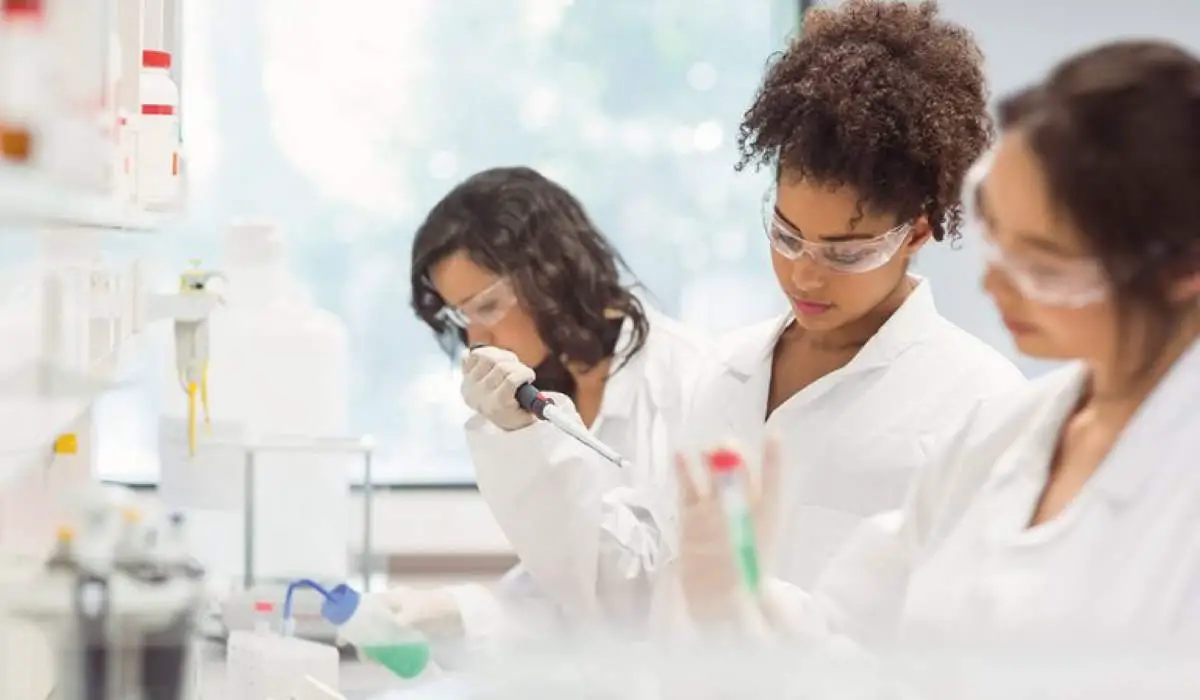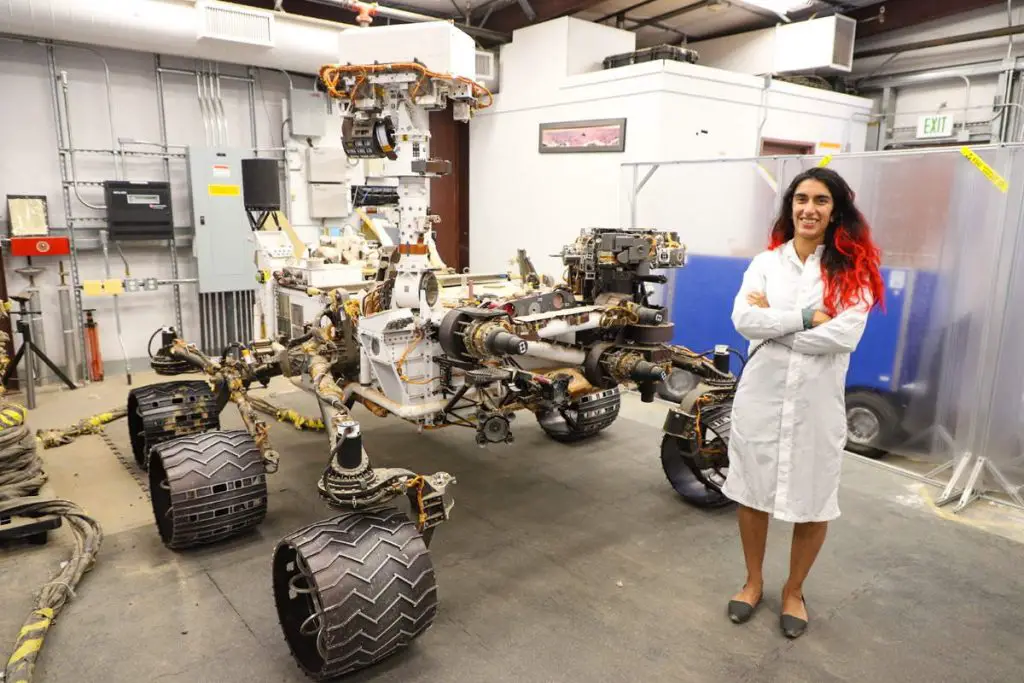Founded almost 50 years ago, the Association for Women in Science (AWIS) is a global network that inspires bold leadership, research, and solutions that advance women in STEM, spark innovation, promote organisational success, and drive systemic change. In this exclusive interview, we speak with AWIS president and world-renowned biomedical innovator Dr. Susan Windham-Bannister, who describes the barriers that women face in the STEM workplace, and the many ways in which AWIS supports women in science and works towards eliminating inequality through systemic change.
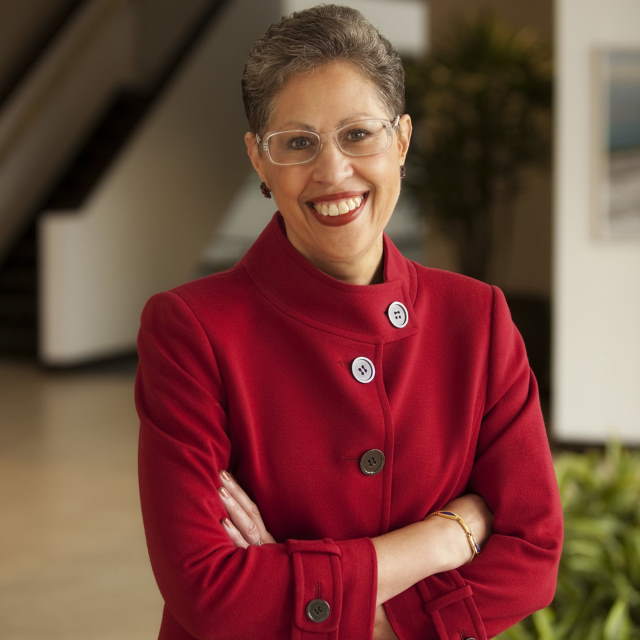
To start, explain why the STEM sectors are so important, and why women are key for meeting the demand for skilled workers in these areas.
The sectors that comprise STEM provide many of the solutions, products, services, and tools to address what we call ‘global grand challenges’: managing pandemics, such as COVID-19; access to water, food, and basic resources; reversing climate change, etcetera. Our ability to solve these challenges will have major social and economic implications for decades to come. According to a 2019 study by the Brookings Institution, the availability of STEM talent will be the key to our ability to solve these challenges. Given that women represent half of the world’s population, the inclusion of women in the STEM talent pool is not just an issue of social justice – it is a social and economic imperative.
Because the demand for STEM talent has been growing faster than the availability of STEM talent in the workforce, we have attributed the gap to a supply problem: there is a limited or leaky ‘pipeline’ of up-and-coming talent, especially among women. And the emphasis on the supply side has meant that for years we have been making investments in STEM education for girls – building the pipeline – as the strategy for growing the talent pool.
While the investment in education is certainly important, I would argue that just investing in adding women to the talent pipeline will not enable significant progress in closing the talent gap. Why? Because our research at AWIS shows that beyond building the pipeline of women in STEM, we must pay equal – and perhaps greater – attention to the issue of supporting, retaining, and fully utilizing the talent of the women we have trained to enter STEM fields.
Women who are STEM graduates remain in STEM-related occupations at half the rate of men. Women earn over 40% of STEM degrees, yet only comprise 26% of the STEM workforce. In other words, women leave the STEM workforce after they have expressed an interest in STEM, have gone through rigorous programs to develop their knowledge, earned college-level degrees (and beyond), and have entered the workforce. Our inability to retain women who are trained in STEM is therefore negating the investment that we are making in educating and recruiting women in STEM fields.
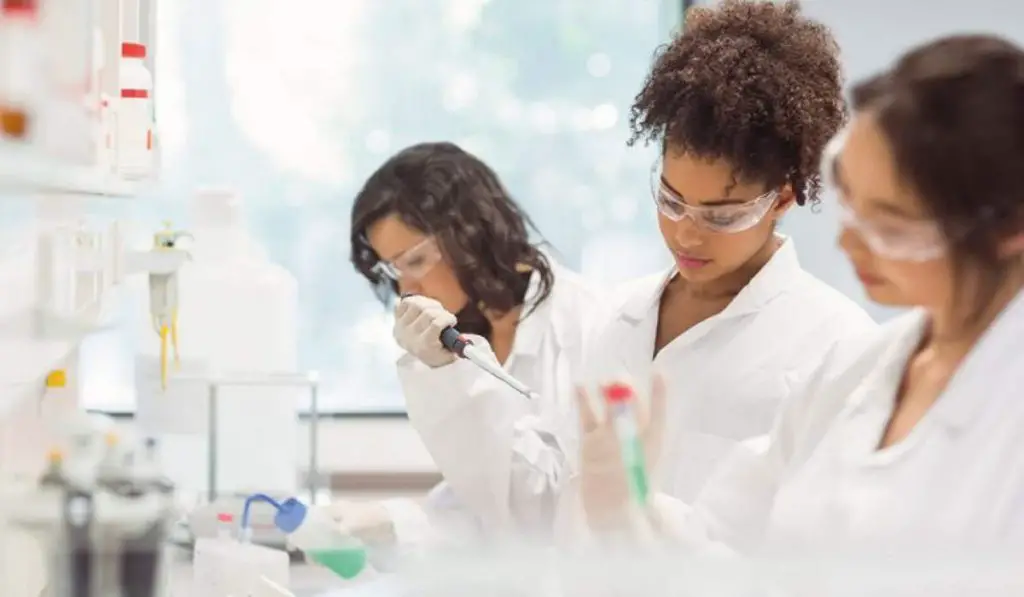
Why are women underrepresented in the STEM workforce?
Our work at AWIS shows that numerous cultural and systemic biases and barriers negatively impact women when they enter the STEM workplace. AWIS researchers analyzed data from the 2017 NSF Scientists and Engineers Statistical Data System and found that among the primary reasons that women with STEM degrees leave STEM-related jobs are inequities in pay, under-recognition and utilization of their expertise, lack of opportunities for promotion and leadership, and hostile day-to-day working conditions.
Women working in STEM are not always attributed credit when deserved. They can be intentionally left off emails and meeting invitations, ignored in the meetings they do attend, or otherwise be made to feel invisible. They receive lower compensation, smaller offices, and fewer promotions; and they don’t see themselves reflected in the leadership of their institutions or companies. Women of color, non-binary women, and those with special needs face additional, compounded barriers.
All of this leads to women feeling unwelcomed, discouraged, and exhausted. And many decide that their mental health, self-esteem, and potential to make meaningful contributions based on their capabilities can be better served in a career outside of STEM. As a result, society loses out on an incredible pool of talent, and the impact that their distinctive voices and expertise could bring to helping solve the problems facing the world today.
Please tell us about how AWIS was founded.
While attending the annual meeting of the Federation of American Societies for Experimental Biology in 1971, a group of women began discussing the challenges and injustices they faced in their careers. This was on the heels of the 1970 Women’s March on Washington and the mounting call for equal rights and opportunities for women. These women formed a non-profit organization that would advocate for women across science disciplines: the Association for Women in Science.
That same year, AWIS filed suit against the National Institute of Health for the underrepresentation of women and ultimately won. In 1975, the National Association for the Advancement of Colored People and AWIS won a lawsuit against the Office of Civil Rights for discrimination in higher education on the basis of sex and race. We continue to advocate for the advancement of all women in science and look forward to celebrating our 50th anniversary next year.
Given that women represent half of the world’s population, the inclusion of women in the STEM talent pool is not just an issue of social justice – it is a social and economic imperative.
Dr. Susan Windham-Bannister
What are the Association’s goals, and how are they achieved?
AWIS is a global network that inspires bold leadership, research, and solutions to advance women in STEM, spark innovation, promote organizational success, and drive systemic change. Throughout its history, AWIS has championed the interests of women in science and related STEM fields to advance gender equity and positive system transformation so that all women in these fields can fully participate in delivering the economic, societal, and health contributions of STEM sectors.
All of society will benefit when women are recognized and respected for their scientific and leadership achievements, compensated fairly and without discrimination, and advanced equitably and without bias due to their gender, race, sexual orientation, or physical abilities.
We use our voices at AWIS to advocate for women who are working in science in all settings: industry, academic institutions, Congress and federal agencies, and even international coalitions. We expose challenges, celebrate successes, and share best practices to combat discrimination, and initiate localized advocacy efforts. We provide our members and partners with programs that foster leadership and career development. Local AWIS chapters provide opportunities for women in STEM to network, learn and support one another. Our chapters also provide opportunities for the next generation of women in STEM to meet women who are already in the field, find mentors, and learn about different STEM career paths.
All of society will benefit when women are recognised and respected for their scientific and leadership achievements, compensated fairly and without discrimination, and advanced equitably and without bias due to their gender, race, sexual orientation, or physical abilities.
Dr. Susan Windham-Bannister
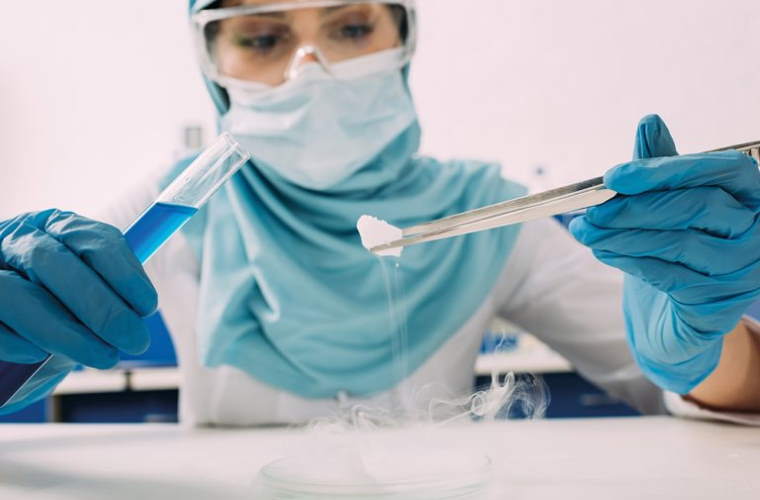
How does AWIS help women working in STEM to overcome the many hurdles they face in achieving their full potential, at every career stage, and in all work environments?
AWIS supports women working in STEM in two ways. Firstly, we provide support directly to our members in the form of personal skill and leadership development, and access to a professional network of women in STEM. And secondly, we help our corporate, business, and academic partners develop more inclusionary organizational cultures, adopt best practices in gender equity, and generally create workplaces where women in STEM can thrive.
Women in science join AWIS to grow their skills, professional connections, and their careers. AWIS programs such as our upcoming webinar series support their continuous learning and growth. AWIS also facilitates networking, mentoring, and volunteer opportunities to develop their leadership skills.
AWIS maintains a Career Center with over one thousand employment opportunities, and we recently hosted a Virtual Career Fair where 42 recruiters from 13 different organizations conducted 400 direct one-to-one chats with AWIS job seekers interested in available opportunities in Science and in STEM!
Our STEM to Market program curates intentional and inclusive investors and connects them with female entrepreneurs in STEM fields. We also award grants and scholarships to our chapters and members that help advance their STEM careers.
To help create better places for women in STEM to work, AWIS provides data, advice, best practices, and other materials to help our organizational partners cultivate inclusive workplaces that are aligned with greater gender equity. In our award-winning AWIS magazine and newsletters, we celebrate the ways in which organizations support their diverse STEM talent and publicize progressive policies and programs that can help other organizations succeed as well.
In addition, we help corporate and institutional STEM partners recruit and retain talent. 79% of AWIS members hold advanced degrees, and 66% of our members are mid-to senior-level professionals. Organizations can reach this network through job postings in our Career Center and advertising opportunities.
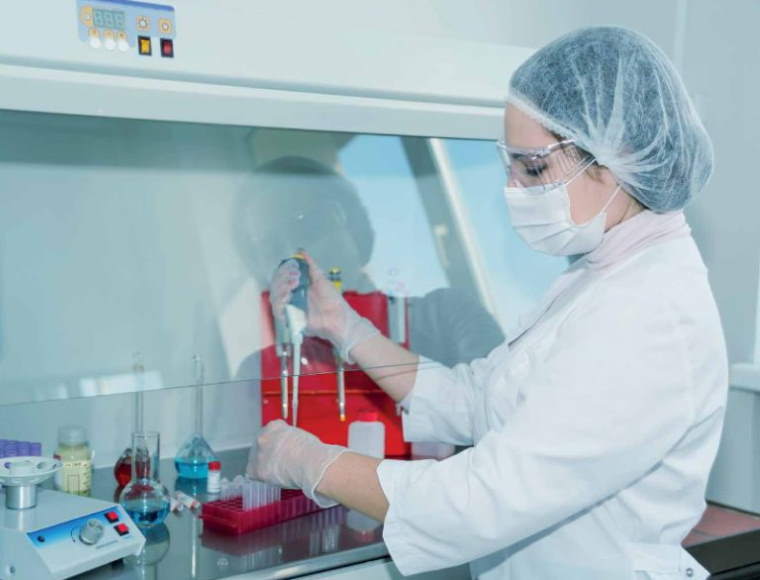
What policy solutions and recommendations has AWIS developed for broadening female participation in scientific disciplines and industries, and for closing the gender pay gap?
In addition to our active membership network, AWIS keeps a pulse on the issues that affect women in science and STEM by participating in several science networks and consortia at the national level. We also monitor and support the development of legislation. Over the past year, we have supported the Building Blocks of STEM Act, to strengthen STEM education for young learners and to address the gender gap in STEM. We also supported the STEM Opportunities Act and the Combating Sexual Harassment in Science Act. We celebrated with Katherine Johnson, one of the ‘Hidden Figures’ of NASA last year, when she was awarded the Congressional Gold Medal, the nation’s highest civilian honor.
We advocate for inclusionary hiring practices, gender equality in research grant awards, for expanding representation of women scientists in searchable databases, and for institutional report cards and other metrics to build in accountability for gender equality. And we release public commentary on legislation that we feel thwarts the progress of equity for women in science.
For example, on July 6, when the US Immigrations and Customs Enforcement Agency released a directive saying that foreign students would be stripped of their visas if they enrolled in online-only courses this Fall, AWIS and other science and engineering societies signed an open letter to the White House, US Department of Homeland Security and US Department of State against this policy.
In September, we joined the American Physiological Society in signing a letter to Rep. Eddie Bernice Johnson, chair of the US House of Representatives Committee on Science, Space, and Technology, supporting her request that the National Academies of Science, Engineering, and Medicine undertake a study to acknowledge and assess systemic racism in academia.
For 50 years, AWIS has been striving to eliminate gender and racial inequalities through systemic change. We invite you to join us.
Dr. Susan Windham-Bannister
Finally, AWIS’s 2020 Innovation and Inclusion Summit has unfortunately been canceled due to COVID-19. In what other ways is the pandemic affecting the Association’s activities, and how might it affect women working in science in general?
The pandemic has challenged us to find new channels for sharing our work in advocacy, research, and programs with our members, our organizational partners, and the greater scientific community. One of our solutions was to develop a weekly member newsletter, Fireside Fridays, that enables us to be present in our members’ lives, celebrate their accomplishments, and remind them of the resources that we offer to help them navigate career uncertainty and work-life integration. Our members have given us great feedback on this newsletter.
We check in with our members, chapters, and, of course, our employees and are hearing they have adjusted well to virtual meetings and living room broadcasts. In fact, an unexpected benefit of our AWIS chapters moving to fully digital meetings is the opportunity to free our stakeholders from geographic and time zone limitations. Many chapters are collaborating and offering their programs to all AWIS members, adding additional content and networking value. So, while the pandemic is certainly disruptive and devastating, it has also created new opportunities that unite our members.
Beyond the challenges that we face at AWIS, the pandemic has introduced new complexities for all women working remotely. Women who have young children are balancing home life, their children’s schoolwork, and their own work responsibilities. And due to social distancing and safety requirements, women working from home may be adjusting to new schedules, and to collaborating virtually.
But women who work in STEM also face challenges that are unique to our fields: access to labs may be limited, which can hinder the ability to conduct research. Lab projects have slowed down or even stopped, publications have been delayed, and funding often has been diverted to COVID-19-related work. Some labs have transitioned to rotating shifts, 7 days a week, including nights, to minimize the time that scientists are physically together in the lab – a schedule that obviously makes it difficult to balance work and family time. Each of us is finding ways to greet this new normal of constant change.
As a black woman, I am particularly concerned by the impact of the pandemic on members of marginalized communities. Workers from these communities are over-represented in ‘essential jobs’ and may not be able to work from home, thereby increasing their exposure to the virus. We have seen Blacks, Hispanics, and Latinos testing positive for the coronavirus at rates that are much higher than would be expected given our percentage of the population.
But on a positive note, I am seeing signs that more people in the US now have a new and greater appreciation for essential workers, educators, scientists, the medical community, and the larger issue of health disparities and social justice. I am hopeful that this growing empathy and awareness will translate into giving and support and to greater recognition of the need for inclusivity in our society in all respects.
For 50 years, AWIS has been striving to eliminate gender and racial inequalities through systemic change. We invite you to join us.
This interview is originally published on the Scientia website. Read the original post.
Sources
- Association for Women in Science (AWIS) website
- An Innovative Medium-Voltage DC Circuit Breaker for Renewable Power Grids - October 13, 2022
- Scientists are mapping the Earth’s Magnetosphere with Energetic Atoms - September 30, 2022
- Scientists are Developing Recyclable and Self-healing Plastics - August 9, 2022
